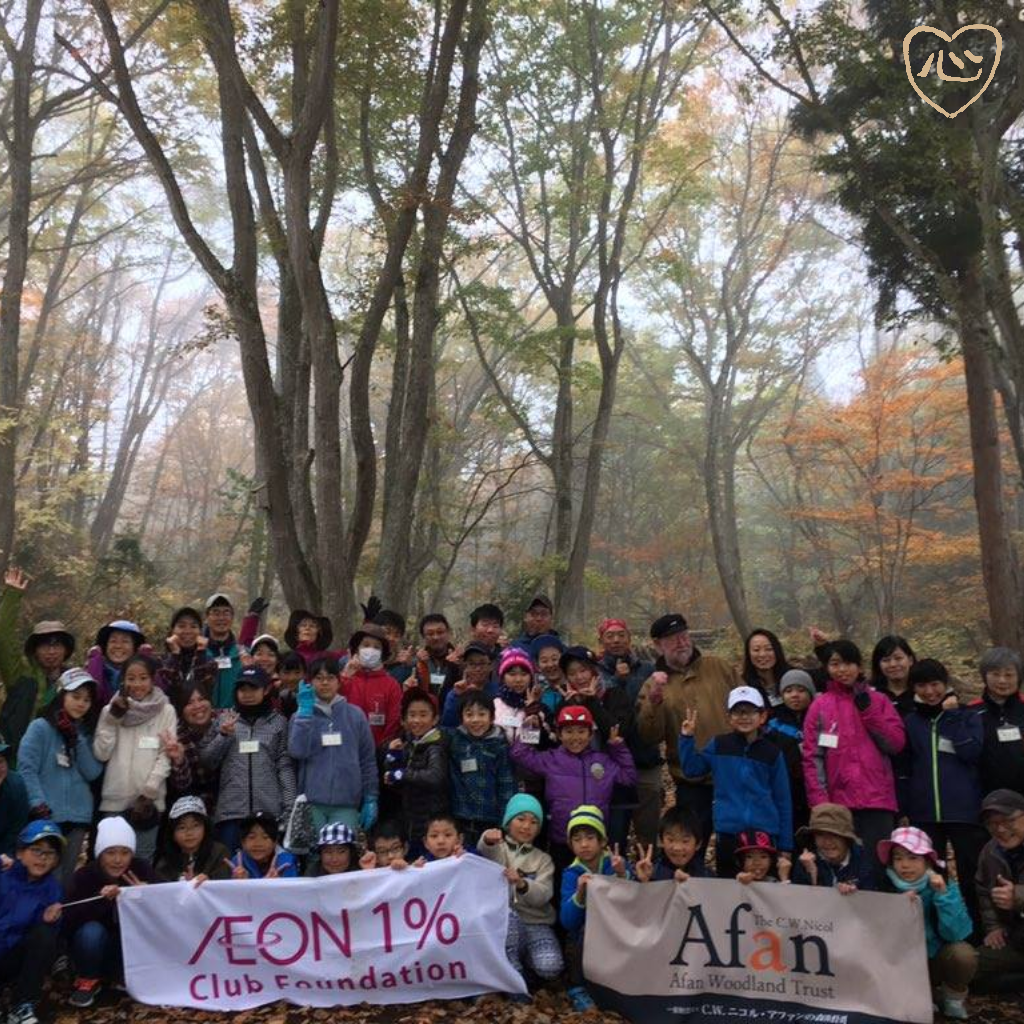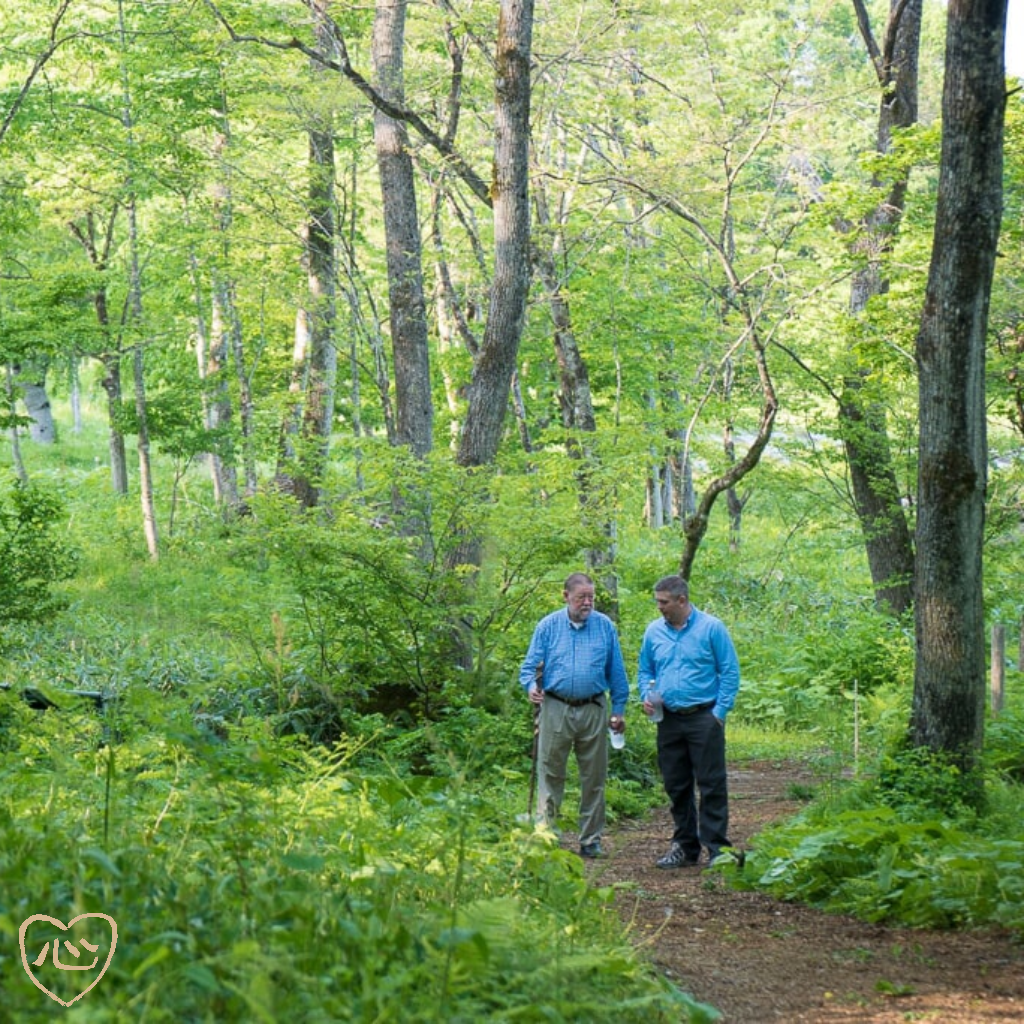CONSERVATION
C.W.Nicol began buying tracts of abused and neglected woodland in the early 1980’s in northern Nagano prefecture, Japan, which is his home. From 1986 he hired a local forester, Mr. Matsuki Nobukiyo, to help him with the clearing out of diseased or badly damaged trees, to thin out the dense scrub, and to bring light to the forest floor.
Together they not only thinned out trees and shrubs they also planted species that had been exterminated by poor management, species such as beech, horse chestnut and various others, all important trees for wildlife.
In 2002 Nicol donated this woodland to create a trust. Since then the woodland and its activities have expanded. Now the woodland trust itself has 34 hectares, but also manages 27 hectares of adjacent national forest.
Nicol’s management policies have been based on fairly simple principles that include;
IMPROVED BIODIVERSITY.
The trust has counted 59 endangered species. It is the home to bears, wild boar, deer, badgers, foxes, raccoon dogs, civet cats, martens, weasels, hares, squirrels, flying squirrels, dormice, and various species of small mammals such as mice, voles, moles, shrews and so on. There are 146 species of native trees and shrubs. Reptiles, birds, insects and so on are also recorded and regularly observed.
RESEARCH
For good management you need to know what is happening. A woodland is a highly complex and constantly changing being. Afan woodland has researchers, including leading professors and their graduate students, from several main Japanese universities and colleges. Research work on all aspects of the woodland are constantly being carried out and frequently presented at the Afan Centre, a beautiful wooden building which can seat fifty people. The trust publishes an annual research report. (Sorry, that’s in Japanese)
PRODUCTIVITY AND SUSTAINABILITY
Traditional ‘sansai’ or wild mountain vegetables, nuts and mushrooms are regularly harvested. The woodland also provides firewood, charcoal, and aromatics. As the quality and health of the trees improved, both hardwoods and conifer timber was extracted to make quality furniture. Japanese oaks are also used for smoking hams and sausages present by Nippon Ham Company Ltd. Wild boar and deer are on the increase and it is predicted that in the future they needed to be culled, in which case they will be used as food.
BALANCE
If you are taking things from nature there has to be balance. This is maintained by basic daily observations reinforced by research.
As the woodland is also used for education and healing and is regularly visited by all kinds of people we must also be careful and strict about overuse. Overuse is a serious kind of abuse that we must avoid.
Woodland paths and gathering places that people use are laid with woodchips made from branches of trimmed-out trees. This protects the ground and makes for pleasant walking. Also, people generally tend to stay on the paths.





